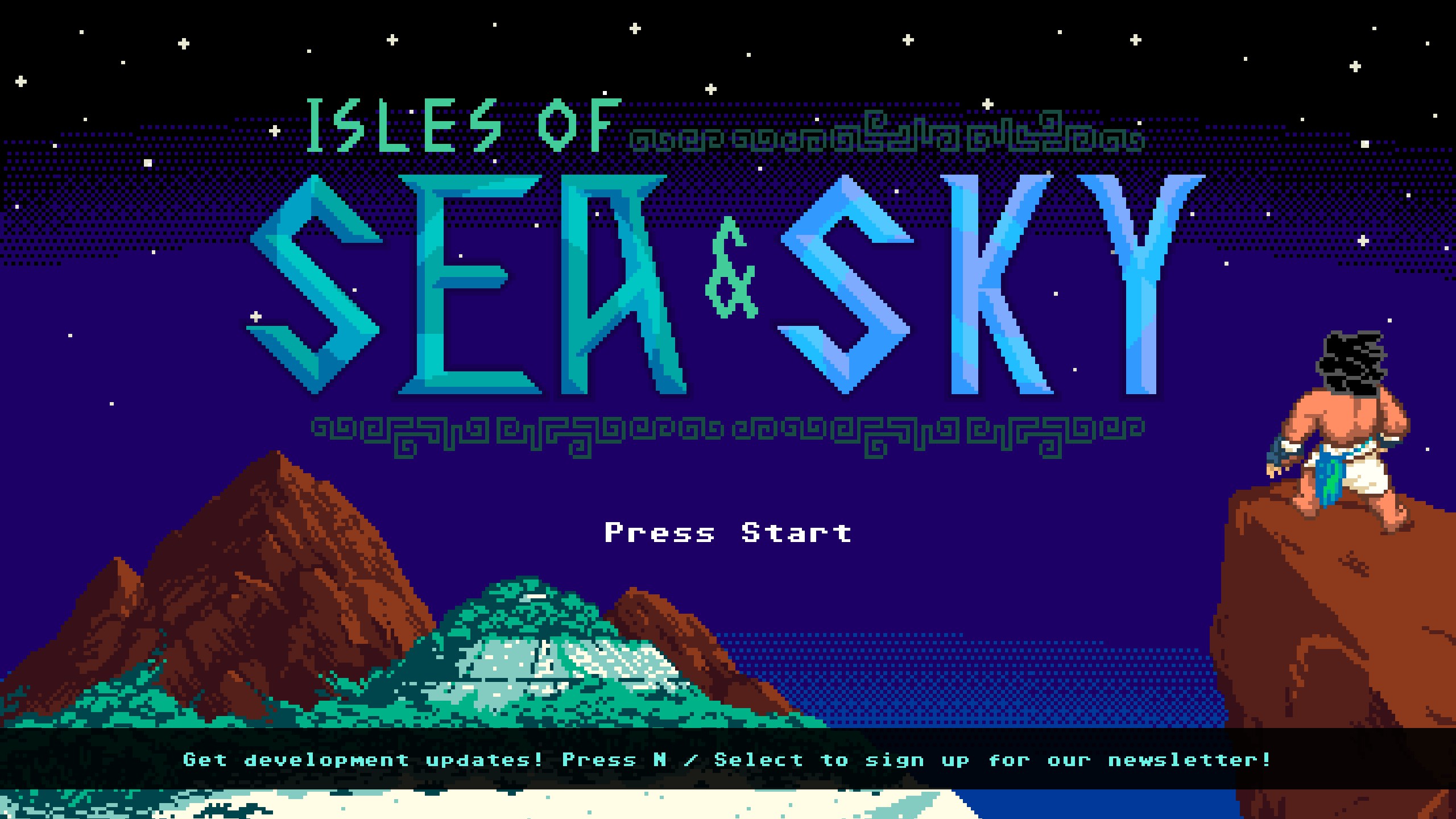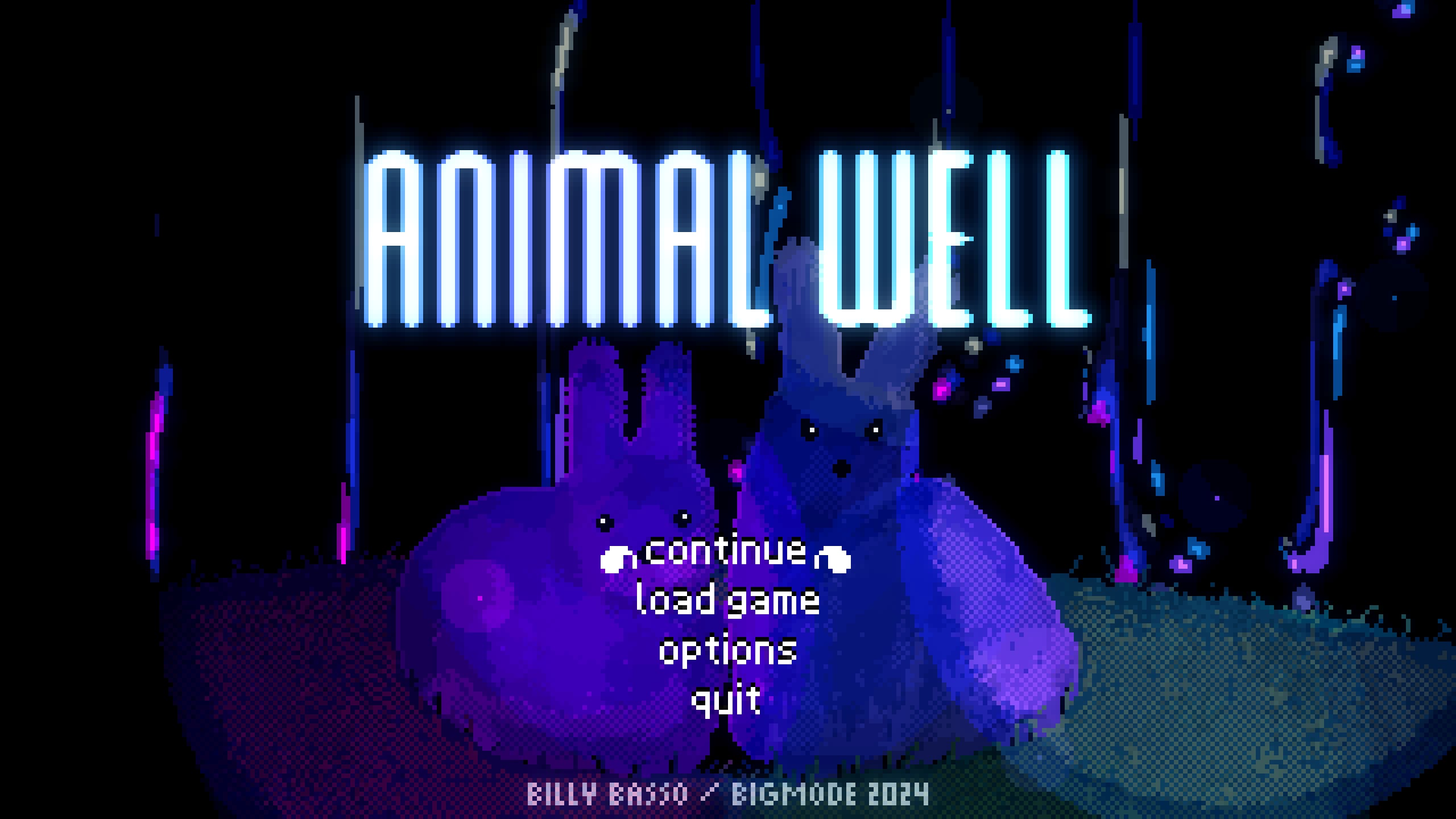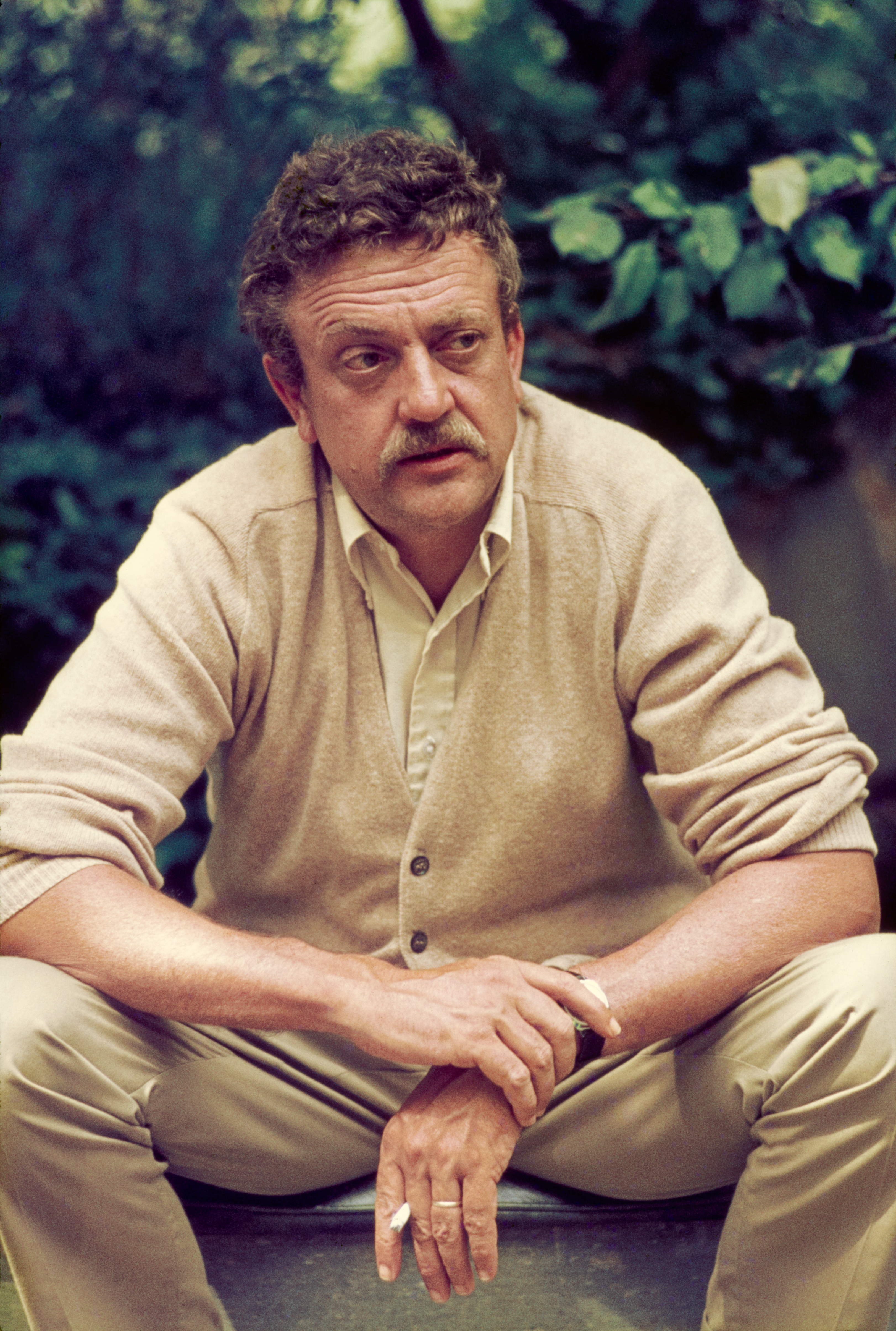The Creative Process #24 - Who We Do It For
Big thoughts about little things.
After my month off in May to ostensibly work full-time on my recent project Anne of Green Cables, once I was back at work I hit the doldrums. And I mean that more in a sailing sense than depression. The wind has stopped for now, and the ocean is remarkably calm. In the stillness, your mind is the loudest thing. And none of what it is saying is getting the wind back for now.

I’ve grown to recognize and expect this phenomenon. It isn’t burnout. It’s a particular quirk of mine that is akin to this old joke:
An engineer, a physicist and a mathematician book into a hotel in adjacent rooms and go to bed. In the middle of the night, the toaster in the engineer’s room bursts into flames. The engineer grabs the fire extinguisher, blasts the fire and puts it out. With that drama over, he goes back to sleep.
An hour later, the toaster in the physicist’s room bursts into flames. The physicist quickly makes some calculations, gets a cup of water and extinguishes it perfectly. He too quickly goes back to sleep.
Yet another hour later, the mathematician wakes up and finds his toaster not on fire. He stuffs it full of newspaper, pushes the lever down and goes back to bed, mumbling, “I have reduced the situation to a previous solved problem.”
In May I planned out the plot of Anne and prototyped some puzzles. I discussed with some fellow mathematicians on how to design one of the puzzles and was sufficiently pleased by a suggested strategy. Did I implement the strategy? Not yet. Did I fill in the plot of Anne by actually writing the text? Not yet. But it felt like a reasonably solved problem, so much of the fire left my belly.
But now that I am getting used to this idiosyncrasy, I have strategies to deal with it. I used June to re-consolidate some of my plans, do some admin work for the project and think deeper about my project and what I’m doing it for.
From the outside this looked like procrastinating by playing two videos games. Which, to be blisteringly honest, it was a little bit, but not entirely. Underneath it all I am setting myself up to leap back into the project.
Your very own island of trouble
One of the games I dived into was Isles of Sea and Sky. It’s a Sokoban-metroidvania, which means it’s a lot of block-pushing puzzles but you gain abilities over time and use them to solve other puzzles. It’s got a charming NES and islander aesthetic. Every screen is a cleverly-designed puzzle or two and in solving them you get collectibles like stars. Occasionally you’ll come across a puzzle you can’t solve now, but in solving enough of the others that you can, you gain some new interesting mechanic.

Isles of Sea and Sky randomizes certain puzzles and whole areas, presumably to stymie walkthroughs spoiling the entire game. This is a cunning move, especially in the Internet era.
Looking at it from the perspective of a creator giving something to the audience, they are giving a single game to individual players, all done in parallel. It’s personal, but not for you the player. My particular game had a really messy version of The Frozen Spire island.
Compare this with a game like Scents and Semiosis, the Nebula-nominated game about exploring an array of perfumes. This game is heavily procedurally-generated, but in its actual execution, the game is designed and intended for a single, solitary person. That person is the awesome Emily Short, giant of the interactive fiction world. It was later made available to other people, but originally it was a gift to Emily from Sam Kabo Ashwell1. Even the way the procedurally-generated text falls out is designed to feel personal and meaningful if mostly allusive.
I love the idea of works made for a specific audience of one. I also like the idea of randomly generated puzzles to show that a player can solve a type of puzzle by solving an instance.
There is a twist in the tale for Isles of Sea and Sky. One of the islands that you visit shuffles the connectivity of a bunch of regions. Specifically, this changes the order in which you encounter puzzles and how easy it is to get around.
Deeper into the well
The other game I played extensively was Animal Well, another metroidvania, but this time a beautiful, stylised platform puzzler. Each screen is a section of a gigantic map which hides secrets and puzzles. In metroidvania style, you gain new items which allow for different interactions which solves puzzles or unlocks areas. The style is very different to Isles of Sea and Sky, though. Animal Well has exploration and boss fights, and to that end, an ending other than “I solved all the puzzles”. In other ways it’s structured like an Alternate Reality Game.
Warning: Some spoilers for Animal Well are coming. Skip to the next heading if you want a completely fresh experience playing it.

You can kill the Manticore boss in Animal Well without finding all the tools available to you. Moreover, you can find more tools than you strictly need. Some make certain puzzles easier to traverse. Some reveal secrets.
Depending on who you talk to, there’s somewhere between 2-5 layers of “completion”, beyond beating the big boss, revealing more of the story and structure. I’ve only done one and a bit layers, and made a little headway into the next.

One of the interesting design pieces that socketed into my thinking this month was a puzzle designed specifically against single players. If you uncover a certain hidden region you are given a piece of a puzzle. But that’s all you ever get. I think at least for that save, you aren’t ever given another. What you’re intended to do is join forces with 49 other Animal Well fans, put all your pieces together to solve a (frankly tedious) puzzle that is impossible for any person to have solved any other way.
This is a curious thing - a puzzle designed more-or-less for the first 50 players to notice and collaborate, and then it becomes a spoiler wiki page for everyone else. Which is similar for the other puzzles, but this is different in its design and intent.
Ryan Veeder put it nicely:
I mean I absolutely want to live in the world where 50 people got to solve a cool puzzle and I get to find out about it later, if the alternative is a world where they said "wait only 50 people will get to solve this puzzle, never mind" so instead zero people get to have that much fun
There’s a certain confidence of scale that you expect to get 50 people to that point and be enthusiastic about solving it. If I wrote a puzzle aiming for 50 people to collaborate, I feel like it’d never be solved. Of course, Animal Well ended up selling north of 300,000 copies, so maybe 50 is really low-balling it. Nevertheless it feels like a funny, but nice gift to the players.
Animal Well’s way of having a limited secret experience is way more cool and kind than, say, the notorious Curiosity: What's Inside the Cube? where a single person was designated to get something, and everyone else got nothing. Although, spoilers, that person also got basically nothing.
While I’ll probably never experience the true depths of Animal Well, I’m happy that they exist and more games should be like this.
Who I do it for
I remember when I was young and hungry, I wanted to take on the world and do the next big thing. I’ve never been an extrovert, so I didn’t want to be the next big thing, but to have made it. My secret daydreams of being the next big indie game dev really only were about what more I could make afterwards unburdened by having another job, what friends I could hire into my cool rich company, and where I would donate money.
Now that I’m a little older and less stupid, my scope is a lot more realistic. This month I saw a phrasing of the philosophy that I feel like I’ve been always growing towards (but I’ll damned if I can find the link to where I saw it this month!)
The idea goes that instead of making things for likes, subscribes, money, fame or job prospects, you should make things like you were making dinner for friends. Perhaps what you make is a little fancy, extending yourself just a bit, but with the tacit understanding that you’re pushing your boundaries, not humankind’s. Perhaps you’re just making comfort food: warm, rich, simple food.
I still maintain I’m not having a midlife crisis, but I am starting to reseat myself for the rest of my life. I feel like I would quite like to make things for my friends and the small communities I am a part of. Making little treats for the Interactive Fiction community once or twice a year would be nice.
Kurt Vonnegut in a letter to students in 2006 suggested:
Practice any art, music, singing, dancing, acting, drawing, painting, sculpting, poetry, fiction, essays, reportage, no matter how well or badly, not to get money and fame, but to experience becoming, to find out what's inside you, to make your soul grow.

In my undergraduate days I had the idea of having a few friends over for dinner. I wasn’t very good at cooking, nor hosting dinner parties, nor did I have anywhere to do it, but I did it anyway, initially taking over my aunt’s place. It soon became a thing for our little group, heading over to someone’s place for a nice meal and hilarious and/or deep conversation. I still remember the crazy stories and that fizz-pop of life that I came away with from every meal. Twenty years on, I don’t really keep in touch with those friends much any more, but it was undoubtedly a good thing to have done.
I want to make small, creative things. I have, actually, all my life, starting with short stories during my teen years up to little Twine games now. But I want to make small things intentionally, without worrying about imagining integrating some side new hustle if I happen to do a good job. And really, I want to recognize what I’ve been doing all along and not treat them as freak events. Like when I made my own pixel art advent calendar, or wrote my RPG campaigns, or made 3d Christmas card art, or made a fondant cake for a D&D finale, or wrote a textbook, or drew a picture of my wife for my wife… Little cool artifacts of life that earned zero dollars.
My IF Comp 2023 entry Hand Me Down is probably the most lucrative creative project I’ve done, but I mostly enjoyed the little conversations it had with a small number of people. I’m lucky enough to have a good, stable job and a supportive environment for doing creative work. This is a good place to do cosy work from.
Two years?!
Which reminds me that this newsletter is two years old now! It’s my monthly equivalent of bringing home-made biscuits into work. I hope you enjoy them. I’m happy to take requests, but I’ll just keep on delivering once a month based on my own whims and fancies.
The newsletter isn’t designed for scale, so I don’t have to worry about pivoting to a paid subscription with free sampler on-ramps and all that malarkey. I am still interested in a place that is much less Nazi-friendly, but progress is slow on that front.
I am experimenting on pulling back from including AI-generated art, as my feelings about it continue to evolve. I used to curate AI art for the newsletter, and it looked nice and was relatively cheap. But it’d be even nicer for it to be better than that. I don’t know the solution to that, but perhaps it’s better to avoid the problem entirely for now.
I hope my works bring happiness or insight or just a refuge from the chaos that is the modern world. Every month, let’s have a cup of tea, a biscuit and a chat. Thanks for reading.
Sam’s a fantastic writer and artist. His explanation of the Scents and Semiosis project is well worth a read. So is the chapter in 50 Years of Text Games. ↩